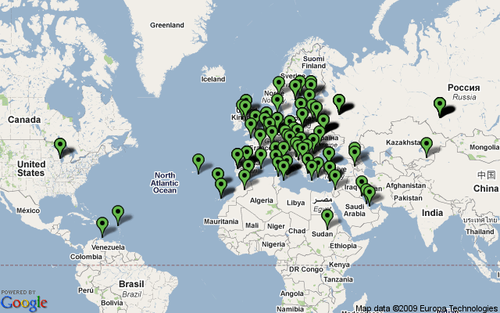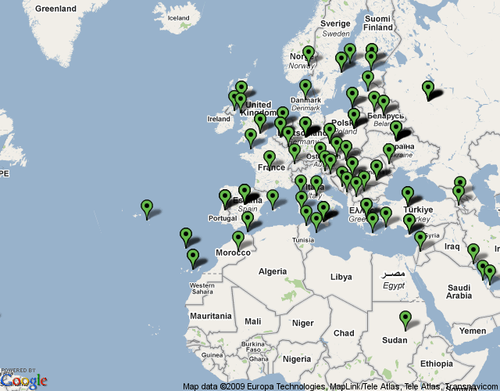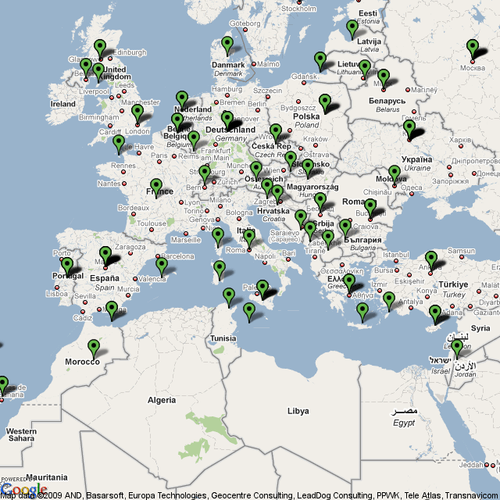All these days I was trying to analyse the results of my operation. All I want is to know the capabilities of my station and how to improve it.
A tool to get my log and present it in various forms for analysis was required, so I did the usual web search, but I found only one tool that could help. Unfortunately, it is restricted to US regions only. I also tried to import my log to Ham Radio Deluxe because it has a mapping feature, but after some tries, I realized that in order this to work, each callsign needs to have the grid locator information. I could not get this info for all the callsigns of interest so I had to do it my way ! (note: there is available the Ham Radio Deluxe Utilities that can poll the QRZ.com database and resolve this info, but you need a subscription for this).
My solution was to develop a small application that would analyse my data in any way I want. It was a weekend project to implement the basic functionality required, that is, find the maximum distance worked as well as display the DXCC entities worked on a map.
An overview of the DXCC entities heard is shown on the map below (each entity is displayed only once)

Overview of DXCC countries heard worldwide
The most distant station heard was PJ4K in Netherlands Antilles, at a distance of 9425,4 km.
The main distribution is over Europe, with no African stations at all, something that I did not expect, since I have heard lots of stations from Africa with the same setup.

Overview of DXCC countries heard in Europe and Africa
A close-up of the European map shows that (at least) almost all Europe is within my reach

Detailed view of European DXCC countries heard
Most of the DXCC countries heard were expected because previous coverage analysis showed that they are well within my station capablities for this part of the solar cycle. But, there is a big gap to the east despite the predictions of VOACAP.As I said before, lots of Chinese and Japanese stations were on air but I could not hear them.
I can think of two main reasons for this gap. The first one is that the placement of my antenna is so bad, with its proximity to the building and to various metal objects affecting the radiation pattern more than I had estimated. The other reason is that the stations were burried deep into the noise, which was quite significant . I believe that these two reasons are related and by improving my antenna the situation will change dramatically!
With this data in hand, the next target is my antenna. I allready have some things in mind that I would like to try.
Despite the fact that I did not have any luck with US and AS, the analysis showed that a total of 141 DXCC countries were heard! This by itself leaves room for a lot of fun!
73, SV3DJG
